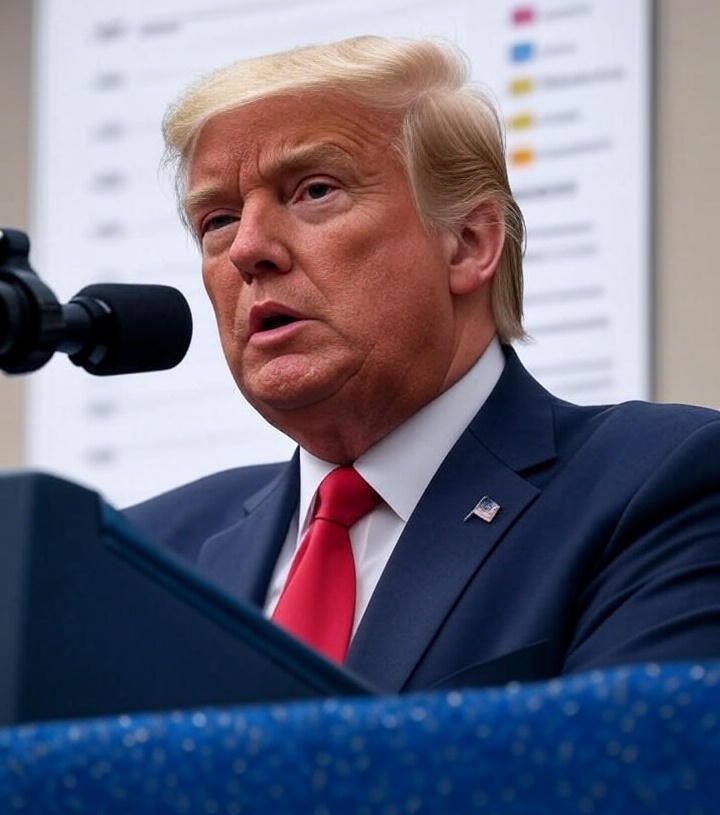Introduction
In August 2025, U.S. President Donald Trump introduced new tariff rates targeting several countries. This decision has shaken up international trade and worried many world leaders. One of the key responses came from Portugal’s Finance Minister who suggested that the European Union (EU) and the United States should work out a deal to keep tariffs under 10%. The aim is to reduce tensions and avoid a full-blown trade war.

What Are Tariffs?
Tariffs are taxes added to goods that are imported from other countries. When a country puts tariffs on foreign products those goods become more expensive. The main reasons for imposing tariffs include:
- Protecting local industries from foreign competition
- Encouraging people to buy products made in their own country
- Raising money for the government
However, tariffs can also lead to problems. Other countries may respond by putting tariffs on U.S. goods in return. This can hurt exporters raise prices for consumers, and slow down the economy.
Trump’s New Tariff Announcement
In early July 2025 President Trump announced that new tariff rates will take effect starting in August. These tariffs will apply to products coming from several countries including some in Europe and Asia. The exact list of products and countries has not been fully released yet but the message is clear: Trump wants to protect American industries and reduce the U.S. trade deficit.
The move is seen by many as a continuation of Trump’s “America First” economic strategy. His administration believes that other countries have taken unfair advantage of the U.S. through trade deals. By raising tariffs the White House hopes to bring those countries back to the negotiating table.
Why Is This Important?
Trade between countries is like a big web. When one part of the web changes it affects all the others. For example:
- If the U.S. adds tariffs to European cars then European companies might lose business.
- Those companies may respond by cutting jobs or raising prices.
- The EU might then add tariffs to American goods, such as whiskey or farm products.
- American farmers and manufacturers could lose money and suffer financially.
This back-and-forth can lead to a “trade war” which often hurts both sides.
Portugal’s Suggestion: Keep Tariffs Under 10%
In response to Trump’s tariff plans, Portugal’s Finance Minister made a proposal. He suggested that the European Union and the U.S. should agree on a tariff limit—no more than 10% on either side.
This kind of deal could:
- Calm down global markets
- Build a better business relationship between the EU and the U.S.
- Prevent a trade war from spreading further
The idea is to make trade fair without being too harsh. A 10% limit is higher than zero but lower than what many fear might come if no agreement is reached.
Reactions from Other Countries
Other countries are watching this situation closely. Some, like Japan and South Korea, are worried because they export many goods to the U.S., such as electronics and cars. They are considering whether to raise their own tariffs or look for new markets.
China, which has already had several trade battles with the U.S., might take this chance to build stronger trade ties with Europe. India and Brazil are also evaluating their trade policies to see how they can benefit or protect themselves from the fallout.
Impact on Businesses and Consumers
For Businesses:
Companies that rely on international trade may face higher costs. For example, a U.S. company that imports machine parts from Germany will have to pay more if tariffs increase. This could lead to:
- Delayed projects
- Reduced profits
- Job cuts
For Consumers:
Tariffs often mean higher prices in stores. If your favorite smartphone or car is imported, you might have to pay more for it. Everyday products like clothes, electronics, and even food items can become more expensive when tariffs are involved.
What Could Happen Next?
Several outcomes are possible in the next few months:
- Negotiation and Deal:
The U.S. and EU may agree to a lower tariff deal, like the one Portugal’s Finance Minister proposed. This would be good news for global markets. - Retaliation:
If no agreement is reached, the EU may strike back with their own tariffs. This could lead to a trade war, where each side keeps raising taxes on imports. - Shift in Trade Alliances:
Countries may look for new partners. For example, the EU could strengthen trade with China or Canada instead of the U.S.
Conclusion
President Trump’s decision to raise tariff rates in August 2025 has sparked fresh concerns about global trade. While his administration argues that it will protect American industries many fear it could hurt businesses and consumers on both sides of the Atlantic.
Portugal’s Finance Minister has offered a smart and simple idea set a tariff ceiling of 10% between the EU and the U.S. This approach could ease tensions and allow both regions to keep trading without major disruptions.
The coming weeks will be crucial. World leaders must decide whether to fight or cooperate. For the sake of the global economy a balanced and fair agreement might be the best path forward.
